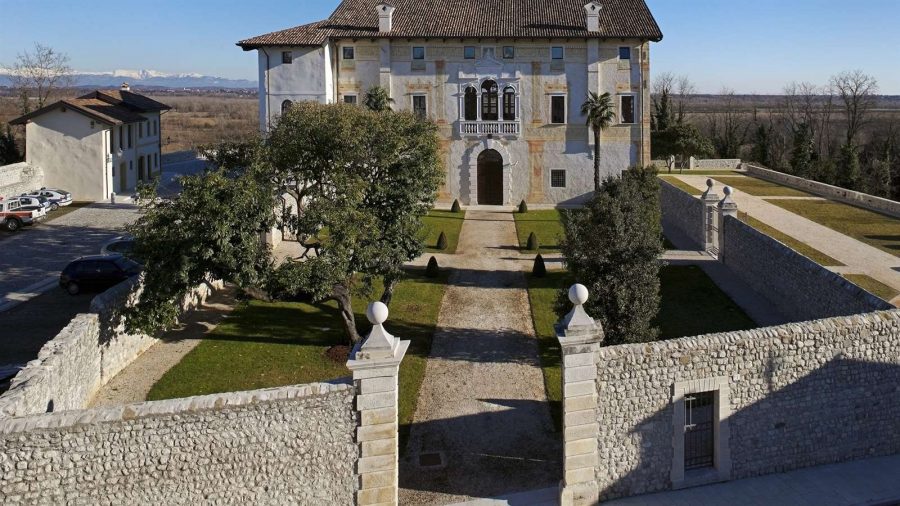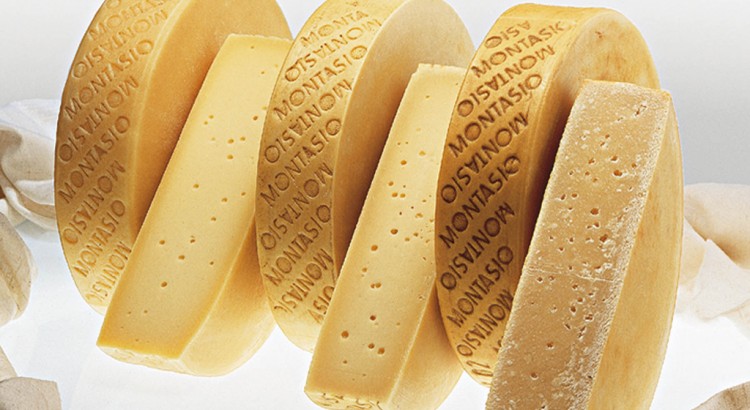Pordenone, a Friulian town, has a folkloric tradition of witches and wizards
A welcoming and lively city, bleak for cultural events, such as the Book Festival (in September) or the Silent Film Days (in October), Pordenone is the most important center of Western Friuli-Venezia Giulia.
Pordenone and its suggestive villages rich in traditions
Pordenone can be a starting point for naturalistic excursions in the Natural Park of the Friulian Dolomites.
The most important artery of Pordenone is Corso Vittorio Emanuele. Once called Contrada Maggiore and characterized by 800 meters of historic buildings. Sheltered under the arcades of the Corso, one of the longest in Europe, you can indulge in some shopping in elegant boutiques and welcoming cafes. While to find the most characteristic restaurants it is better to go into the alleys.
The fluvial park houses ancient factories

Along the course you meet Ricchieri Palace, medieval building, now home to the Civic Art Museum. It preserves works by Giovanni Antonio de 'Sacchis, known as Pordenone, the greatest Friulian painter of all time.
Il Palazzo Comunale it stands out for its Gothic lines and for the large astronomical lunar clock that overlooks it. Erected in the thirteenth century in the Romanesque-Gothic style, the Cathedral of San Marco it is the most important religious building and is striking for its bell tower of over seventy meters. You don't have to go away from the center to observe the Noncello River Park, the river that crosses Pordenone, a city with an important past as a river port.
Crossable thanks to pedestrian passages, it houses the remains of ancient factories. A curiosity: Pordenone boasts a tradition of wizards and witches who gave birth to legends of the sixteenth and seventeenth centuries. Someone from the place still believes it!
Everyone goes to mosaic school

Ancient village near Pordenone, located on the right bank of the Tagliamento, Spilimbergo is known as the city of mosaic. It preserves the medieval layout intact.
Among the historic buildings, the Castle with the Painted Palace, from the fifteenth century, decorated with frescoes and stone balconies. However, its famous Friuli Mosaic School, founded in 1922, gives fame to the city. Unique in the world, it draws on the traditions of Aquileia, Byzantium and Venice.
Montasio, frico and bussolai

The symbolic recipes of Pordenone are also those typical of Friulian gastronomy. Among the cheeses, the Montasio Dop, tasty and seasoned. It is also an ingredient of Frico, Friulian dish par excellence, in which it is mixed with butter, potatoes and bacon.
Among the local vegetables prevail pink onion, with a slightly spicy flavor and the chicory.
But the lion's share is made by cold cuts. Here, in restaurants, you will find for example the culatello of Sauris, but above all the pitina, smoked meatball to be eaten sliced or as a stew dish.
And for dessert i compasses, shortbread biscuits with the typical hole in the center.





